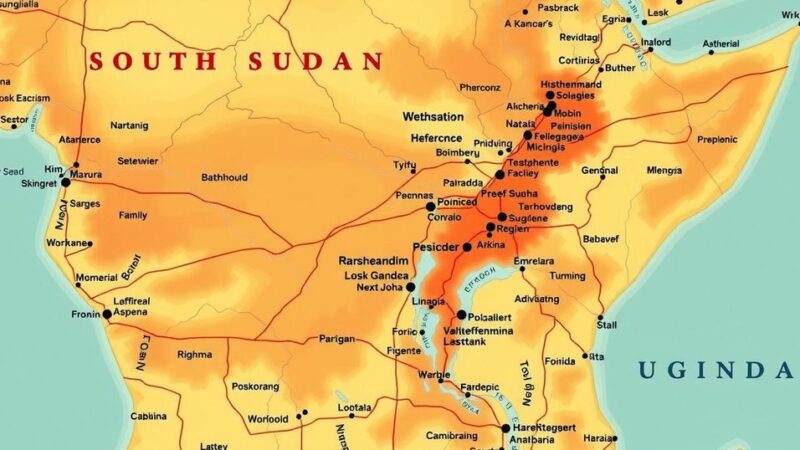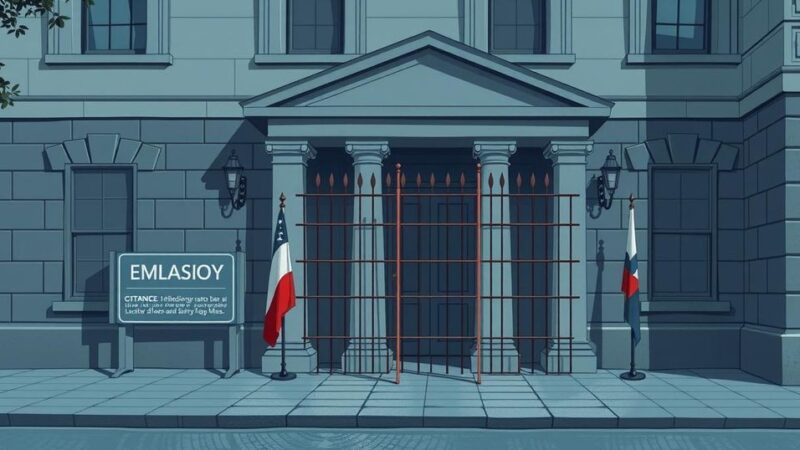Simcha Rotem, a notable survivor and fighter of the Warsaw Ghetto Uprising, passed away at the age of 94, prompting global reflections on the Jewish resistance against the Nazis. His heroic actions during the uprising, where the Jewish community mounted a desperate defense against an overwhelming German force, underline the resilience exhibited during one of history’s darkest times. Rotem’s legacy continues to be honored and remembered for its significance in military history and the collective memory of the Jewish people.
Simcha Rotem, commonly referred to by his nom de guerre “Kazik,” was one of the last surviving combatants from the Warsaw Ghetto Uprising, which occurred from April to May 1943. His passing on December 23, 2018, at the age of 94 in Jerusalem, garnered significant global attention due to the critical role the Ghetto Uprising played in the narrative of Jewish resistance against the Nazis during World War II. On April 19, 1943, the SS launched an assault on the ghetto, coinciding disturbingly with the eve of Passover. Despite being severely malnourished and outgunned, the Jewish fighters managed to kill 16 German soldiers and wound 200, exemplifying remarkable courage amid dire circumstances. Countrywide despair was evident in the initial reactions of many, including Rotem, who expressed feelings of hopelessness upon witnessing the overwhelming forces of the German army: “What chance did we have with our miserable supply of firearms to hold off this show of German force with machine-guns, personnel carriers and even tanks? … An absolute sense of powerlessness prevailed.” Nevertheless, their resilience allowed them to resist for nearly one month despite the SS’s destructive campaign that ultimately razed much of the ghetto. As a liaison between bunkers, Rotem played a significant role in facilitating communication among fighters and orchestrated the escape of around eighty survivors through the intricate sewer systems of Warsaw. After evading the city, he continued his fight in the Polish forests and later returned to participate in the Home Army Uprising in August 1944. Following the war, he emigrated to Palestine, where he remained active in preserving the memory of the Holocaust, serving on the Yad Vashem committee, and receiving recognition from Poland on the anniversary of the Uprising. The valiant spirit of Simcha Rotem and the desperate yet heroic actions of the fighters in the Ghetto Uprising remain vital chapters in both military history and the collective memory of the Jewish people. Israeli Prime Minister Benjamin Netanyahu remarked upon Rotem’s passing, stating, “Kazik fought the Nazis, saved Jews, immigrated to Israel after the Holocaust, and told the story of his heroism to thousands of Israelis. His story and the story of the Uprising will forever be with our people.” Rotem’s legacy serves as a poignant reminder of resilience in the face of oppression, underscoring the exceptional valor displayed during one of the darkest periods in human history.
The Warsaw Ghetto Uprising of 1943 was a pivotal event in Jewish resistance against the Nazi regime during World War II. Following years of severe oppression and dehumanization, the Polish Jews rose up against their oppressors as the final liquidation of the ghetto began. This uprising is not only a testament to the bravery of the individuals involved but has also become a symbol of defiance against tyranny. It distinguishes itself from the Warsaw Home Army Uprising of 1944, showcasing the unique and desperate struggle of the Jewish community amidst the Holocaust. Simcha Rotem’s story is central to this narrative, highlighting the courage and resilience of those subjected to unimaginable horrors.
In conclusion, the story of Simcha Rotem, along with the broader context of the Warsaw Ghetto Uprising, exemplifies extraordinary courage in the face of overwhelming odds. His death serves as a reminder of the sacrifices made by those who fought against the Nazis and the importance of remembering such a significant chapter in history. The legacy of the Ghetto Uprising continues to resonate, underscoring the enduring spirit of resistance and the critical need to honor and learn from the past.
Original Source: www.hoover.org





